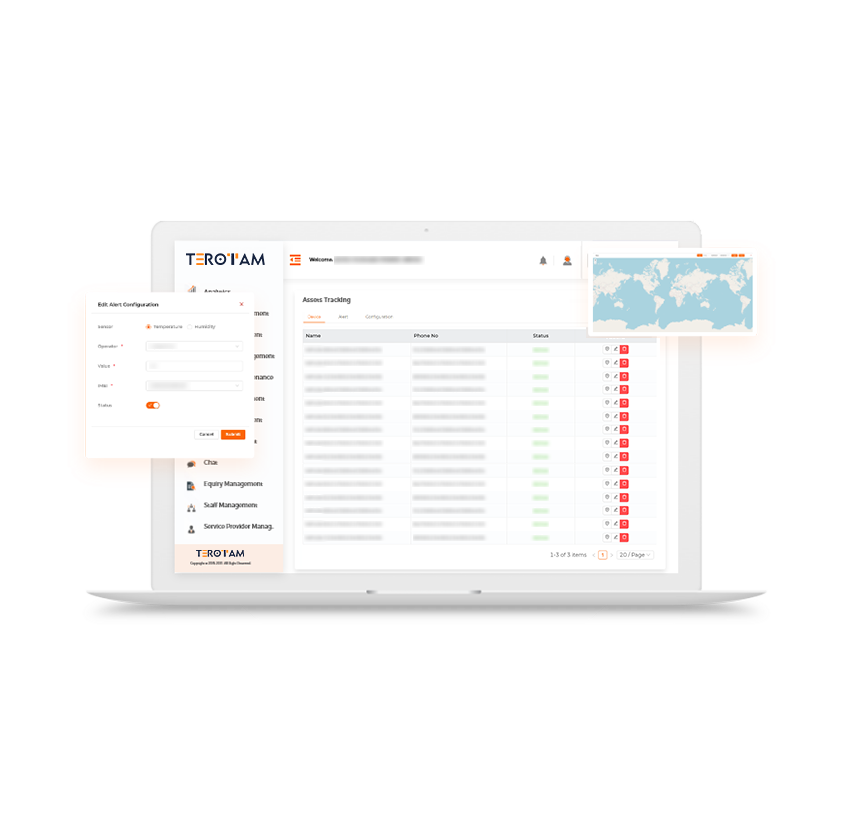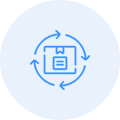Why Asset Tracking Software?

Establishing a hierarchical asset structure is critical for asset tracking. It is impossible to assess asset reliability and maintainability without understanding how assets interact with one another. Asset management success boils down to one thing: Asset tracking. You won’t be able to make data-driven decisions and reduce failures if you don’t track asset maintenance history adequately.
TeroTAM is a cutting-edge asset tracking option that is simple to use and puts all you need to know in one place. Bye-bye, spreadsheets that aren’t up to date. Our asset tracking solution is cloud-based and mobile-friendly, allowing your field crew to get the information they need quickly, as well as a web interface for those in the office to perform comprehensive asset monitoring reporting.
Spreadsheets are no longer necessary
Managing the asset and keeping their records the old-fashioned way with spreadsheets is really a cumbersome and time-consuming process. With asset tracking software you can manage every record and update of assets in a paperless manner. Just use the software with any handy device and get the information you need about your asset anytime, anywhere.
Digging for hours in files and ledgers is no longer needed. The information is automatically recorded or documented by the TeroTAM asset tracking software and can be reviewed later. It also gives you up-to-date information.
Manually documenting and tracking assets have chances of human errors, but the asset tracking software, on the other hand, ensures that the assets that are being tracked are not duplicated. As a result, you can rest assured that your data is correct.
Because the software automatically documents the assets, you will have access to the most up-to-date information on the assets. You’ll also learn about all of the assets and where they’re located.
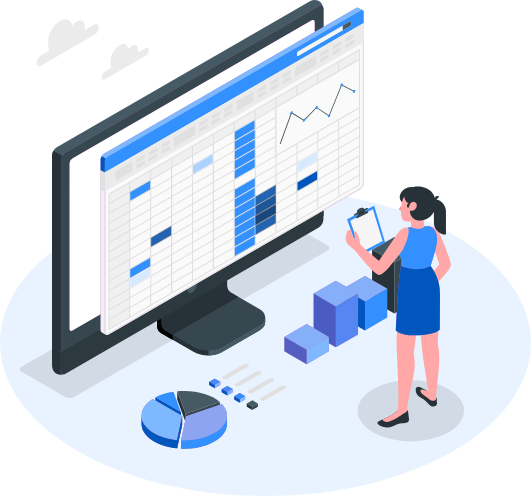
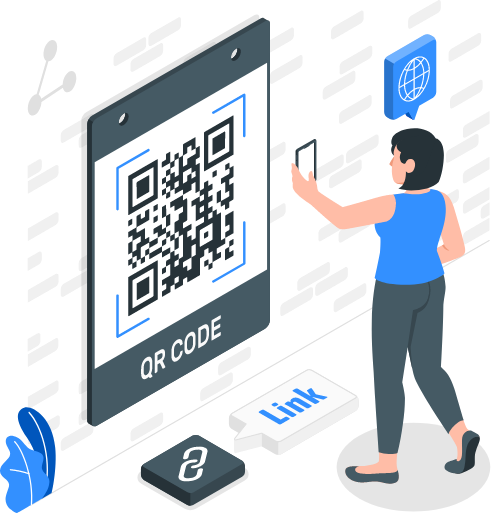
QR Codes make Inventory Tracking Simple
The QR code, or quick response code, is a type of barcode that saves data for use as a locator, identifier, or tracker that leads to a website or application. It can quickly scan this QR code with your Android handset, and with just a single scan, you can acquire all the information you need about the relevant stock item whose QR code you scanned.
QR codes are simple to read with an Android phone and do not require any specific equipment, making the process simpler and faster..
QR codes can be scanned from all sides, making them easier to read and reducing background interference.
QR codes are used to track information such as product names, prices, serial numbers, lots dates, inventory item in and out data, and other data related to inventory goods.
RFID technology can help you increase efficiency
Routine asset tracking operations, such as asset storage, order status tracking, paper processing, sorting of different assets and documents, loading and unloading, and other dispatch and customer service-related chores, can all be done more efficiently with an RFID tag.
Gives you immediate access to the inventory database and the 24-hour visibility you need to keep track of all in-and-out transactions in the warehouse.
Real-time asset tracking to ensure that the correct asset is handed over to the correct place and person in good working order within the specified time frame.
Reduced labor effort, which lowers labor costs, as well as an increased workforce engaged in manual labor.

Keep eye on every movement of your Assets
Only asset tracking software that allows you to combine technologies for maximum efficiency.
Tracking Your Asset is Palm-easy with Smartphone
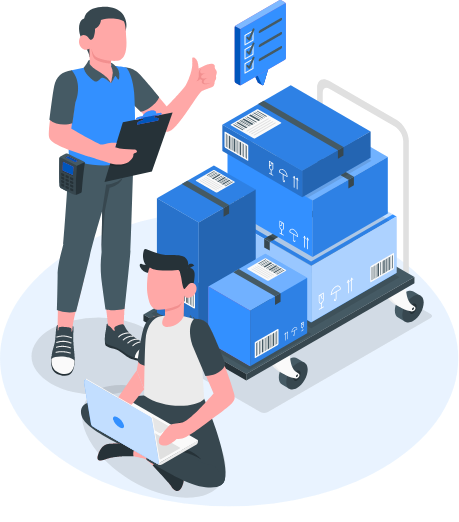
To get to the bottom of breakdowns and perform repairs faster, see everything you need to know about an asset’s repair history.
Scanning QR and barcodes with your mobile device’s built-in camera allows you to quickly check out an asset’s current position and see all the facts about an asset.
On your mobile device, change the status of an asset to online or offline. Keep track of how much downtime there is and what causes it, as well as telling operators when the equipment is ready to go back into production.
Easily distinguish between assets or parts that appear to be similar.
Features that help you build Smart Asset Tracking System
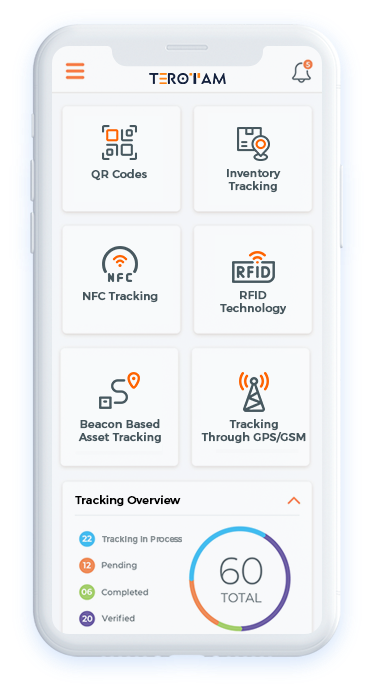
Industries We Serve

Maintenance

Education

Oil & Gas

Real Estate

Banking

Equipment

Healthcare

Non-Profit

Government

Fire Department/EMS

Hotels

Food & Beverage
Do you have questions?
The Most common Brain Teaser for Asset Tracking

How does Asset Tracking work?
The ability to issue a unique identification number to each item you need to keep track of is a basic aspect of asset tracking. By scanning an item’s barcode using a handheld scanner, you can trace its movement as it passes through different hands and moves around.
How do you track the Asset Movement?
For asset tracking, there are three basic types of technology: Barcodes or QR codes, radio frequency identification (RFID), and global positioning systems (GPS): Tags that are currently active.
What is the Purpose of Asset Tracking?
Asset tracking gives you a high-level view of the functioning of your company’s physical areas, such as the office, warehouse, and storage. This is significant because it allows you to uncover critical relationships in how these industries utilize assets in order to streamline corporate operations.
What is RFID Asset Tracking?
RFID asset tracking, in its most basic form, is a method of automating the management and location of physical assets. It operates by storing data on an RFID tag and attaching it to a specific object. This information can range from a person’s name to their condition, amount, and location.
How does Asset Tracking help maintain compliance?
Asset tracking systems can be used to conduct audits. Frequent audits filter asset data and highlight issues that need to be addressed. This allows a company to stay up to date on the latest compliance regulations in the market.


